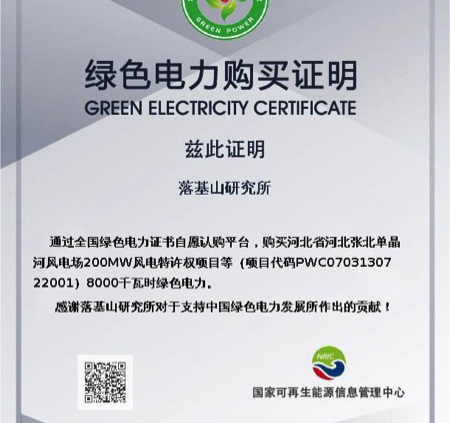First 30 Days: China’s REC Market Saw Weak Demand
We believe there is low demand mostly because these RECs are only from existing projects and don’t create additionally. Moreover these RECs tend to be coming from projects in western china that are very far from the load centers of the east coast, and lastly the uncertainty of the evolution of the Green certificate market towards a mandatory market is encouraging some to wait and see how things play out. As Seeder said in our February post, companies prefer to support the construction of new renewable projects to maximize their environmental impact — in other words, to create “additionality”. They also like to receive economic returns and financial savings in such investments and projects, while RECs can only be a cost.
Multi-national companies, such as Apple and Google and other members of the RE100 (corporations that have committed to go 100% renewable), have become increasingly aggressive in renewable energy procurement in recent years. In comparison, their Chinese counterparts, even if of the same size, may be reluctant to commit to renewable energy without a clear financial benefit. But it is not unexpected. Voluntary-based REC markets are an intermediate trading platform. It’s not likely to scale up to a level large enough to replace subsidies. In the U.S., after 10 years of practice, still only 1/3 of renewable energy deals are realized with non-mandatory REC sales.
China’s Wind REC is much more popular than the solar REC because it is much cheaper. A wind REC costs about 200 RMB in avarage while a solar REC around 500 RMB. This is because REC costs are capped at the project’s eligible subsidy, which in general is lower for wind projects and higher for solar. A smaller reason might be the total wind capacity is the double size of that of solar.



